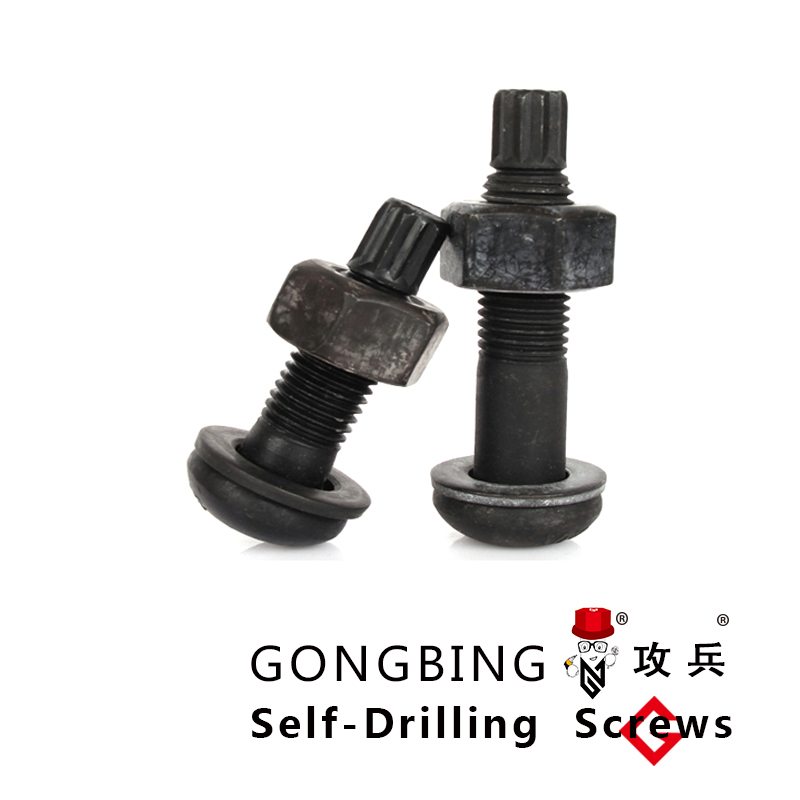Using Expansion Concrete Nails for Stronger and More Reliable Fastening Solutions
The Expanding Concrete Nails A Comprehensive Guide
When it comes to construction and repair projects, the choice of fasteners can significantly impact the durability and efficiency of the work. Among the various types of fasteners available, expanding concrete nails stand out as a reliable option for securing materials to concrete, masonry, and brick surfaces. This article delves into the features, benefits, installation process, and appropriate applications of expanding concrete nails.
What are Expanding Concrete Nails?
Expanding concrete nails, also known as concrete anchors or masonry nails, are specifically designed to provide a strong hold in hard surfaces like concrete and masonry. Unlike standard nails, these fasteners feature a unique design that allows them to expand upon installation. Typically made from hardened steel or other resilient materials, their construction ensures both strength and durability.
Features and Benefits
1. Enhanced Grip The primary function of expanding concrete nails is to provide a robust grip within concrete and masonry. Their expanding mechanism allows them to anchor firmly, preventing slippage or loosening over time. This is particularly beneficial in high-stress applications where traditional nails might fail.
2. Versatility Expanding concrete nails can be used in a variety of settings, whether for residential or industrial projects. They are ideal for attaching fixtures, securing framing, installing shelves, or fastening siding.
3. Ease of Use While the installation of traditional concrete fasteners may require a hammer or drill, expanding concrete nails simplify the process. Most designs allow for easy installation by hand or with basic tools, which can save both time and effort during construction.
4. Resistant to Corrosion Many expanding concrete nails are treated with corrosion-resistant finishes, making them suitable for outdoor use. This feature ensures that the fasteners maintain their integrity over time, even in harsh weather conditions.
Installation Process
Installing expanding concrete nails requires minimal tools and can be completed in a few simple steps
expanding concrete nails

1. Preparation Before beginning the installation, it is crucial to choose the right size and type of nail for the intended application. Ensure that the target surface is clean and free of debris.
2. Marking Once the position for the nail is determined, mark the spot accurately. This will guide you in placing the nail correctly.
3. Drilling Using a hammer drill, create a pilot hole in the concrete or masonry surface. The diameter of the hole should match the specifications of the expanding nail.
4. Inserting the Nail Place the expanding concrete nail into the hole. Most designs allow for pushing the nail in without requiring a hammer.
5. Expansion As the nail is inserted deeper into the hole, it will expand. Some varieties may also require a light hammer tap to ensure complete expansion, providing a secure fit.
6. Final Checks Once installed, tug slightly on the attached fixture to ensure that the nail has held firm without any movement.
Applications
Expanding concrete nails have a broad range of applications. They are extensively used in situations where secure fastening is critical, such as hanging heavy shelves, mounting electrical fixtures, or securing metal brackets. Moreover, their reliability makes them a preferred choice in both commercial construction and home renovation projects.
Conclusion
Expanding concrete nails are invaluable fasteners that offer strength, versatility, and ease of use for various construction and repair tasks. Their expanding mechanism allows for a secure hold in challenging materials, making them an essential tool for both professionals and DIY enthusiasts alike. Whether you are embarking on a simple home improvement project or a complex building endeavor, investing in quality expanding concrete nails will ensure your work stands the test of time.
-
Weatherproof Plastic Expansion Anchors for OutdoorNewsJun.06,2025
-
Sustainability in the Supply Chain: Eco-Friendly TEK Screws ProductionNewsJun.06,2025
-
Load-Bearing Capacity of External Insulation FixingsNewsJun.06,2025
-
Double Head Bolts: Enhancing Efficiency in Industrial MachineryNewsJun.06,2025
-
Corrosion Resistance in Chipboard Screws: Coatings for Wholesale DurabilityNewsJun.06,2025
-
Butterfly Toggle Bolts : Enhancing Structural ResilienceNewsJun.06,2025
